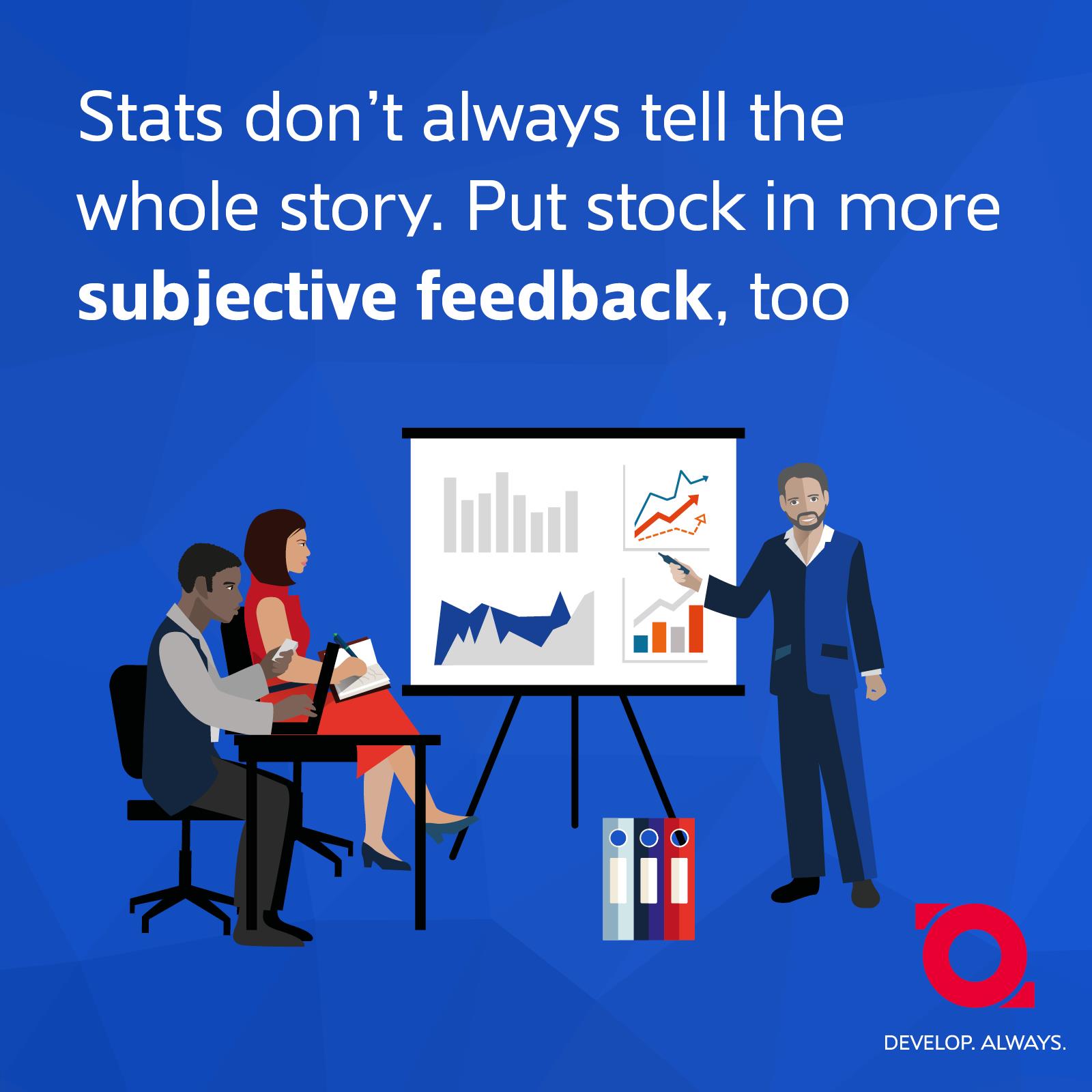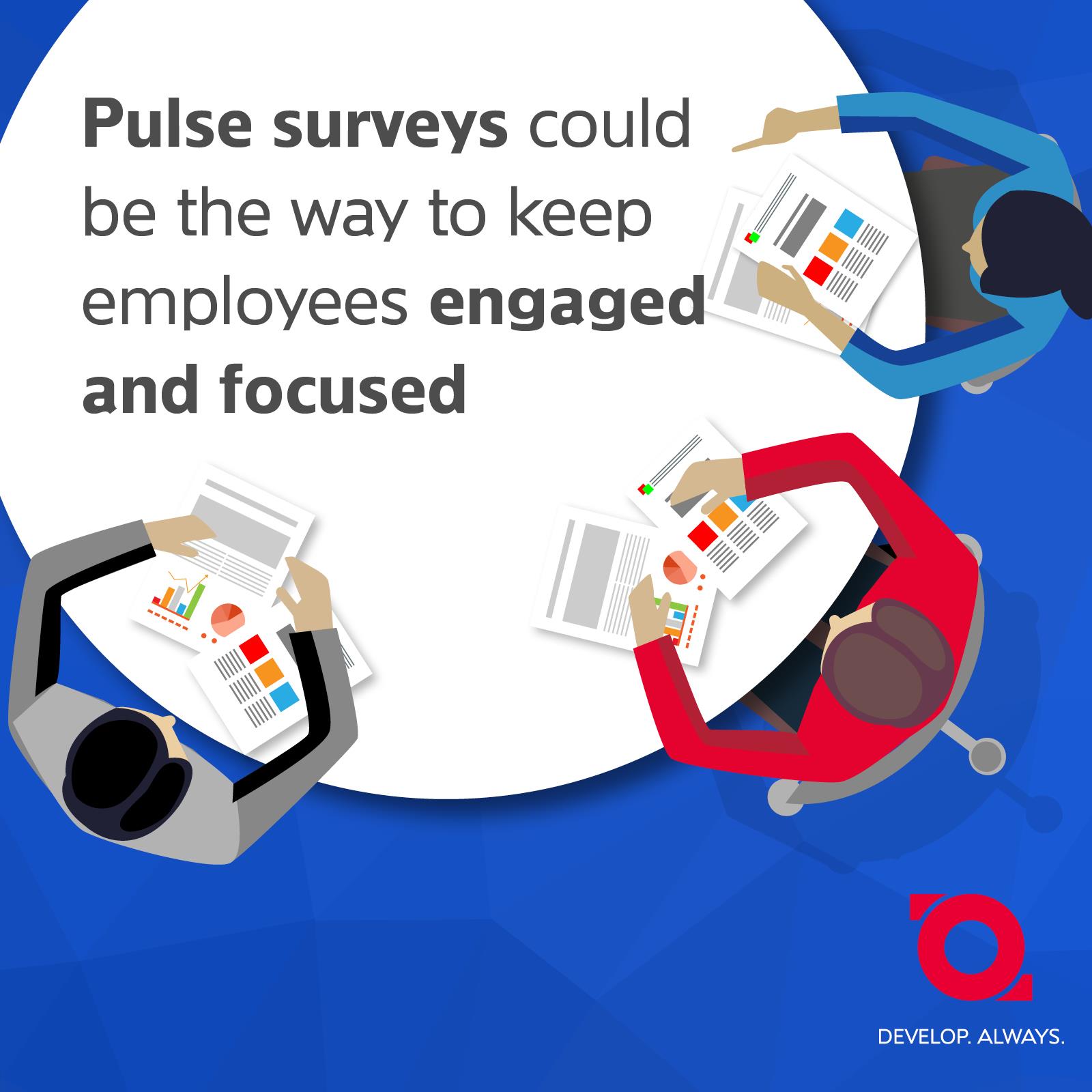
How do front runners in the industry use metrics? Here’s four of the key lessons
When it comes to running a business, we want hard facts on which to base our decisions. It’s for this reason that the use of metrics and KPIs in HR is growing. Our latest report with Bright & Company reveals how front runners in the industry are using metrics, as well as how potential weaknesses can be addressed. Using metrics in HR can help organisations quantify people and process performance, while more advanced people analytics can link these results to business results. Here’s five of the key lessons organisations can learn from the report:
1 Measure what counts
Despite the fact 69 percent of HR professionals asked said leadership was one of the most important drivers when it comes to business impact, only 32 percent measure its effectiveness. Similarly, 65 percent of HR professionals collect data on turnover within their organisation whilst only 34 percent say it has significant business impact. While it’s relatively simple to keep track of turnover when compared to leadership and other drivers - including engagement and performance management, it’s sometimes much more worthwhile to invest in collecting data in other areas.

Subjective feedback is harder to measure, but could be the insight your business needs.
2 Consider both objective and subjective measures
Some HR drivers are innately difficult to measure; for example, the effectiveness of leadership within your organisation is hard to quantify. However, that doesn’t mean it should be overlooked. Put stock in more subjective feedback, too – stats don’t always tell the whole story. Human capital is one of your organisations’ biggest strengths and people management is key to business success. Though it’s less tangible than other, more measurable, aspects of HR, gaining insights into how people within the company think and feel as well as performance outcomes is key to gaining an understanding of your organisation. This could be the key to boosting performance for many businesses.
3 Align your goals
When it comes to HR, front runner organisations tend to place an emphasis on linking their workforce performance and actual business performance in order to align individual goals with organisational goals, whilst starting organisations focus more on linking engagement data to business results. Seeing data as different parts of the same jigsaw can make the difference when It comes to your HR strategy.

Annual employee satisfaction reviews might be better replaced with frequent pulse surveys.
4 Collect insights frequently
As one of the hottest topics around in HR, many perspectives can be found on the use of Engagement Data. Annual measurements of employee satisfaction are increasingly under the microscope among professionals. In their place, short and frequent pulse surveys offer more continuous feedback. These pulse surveys could be the way to keep employees engaged and focused on the way they contribute.
To read more about how HR metrics can make an impact on your company, read our latest report, Measuring HR Impact.